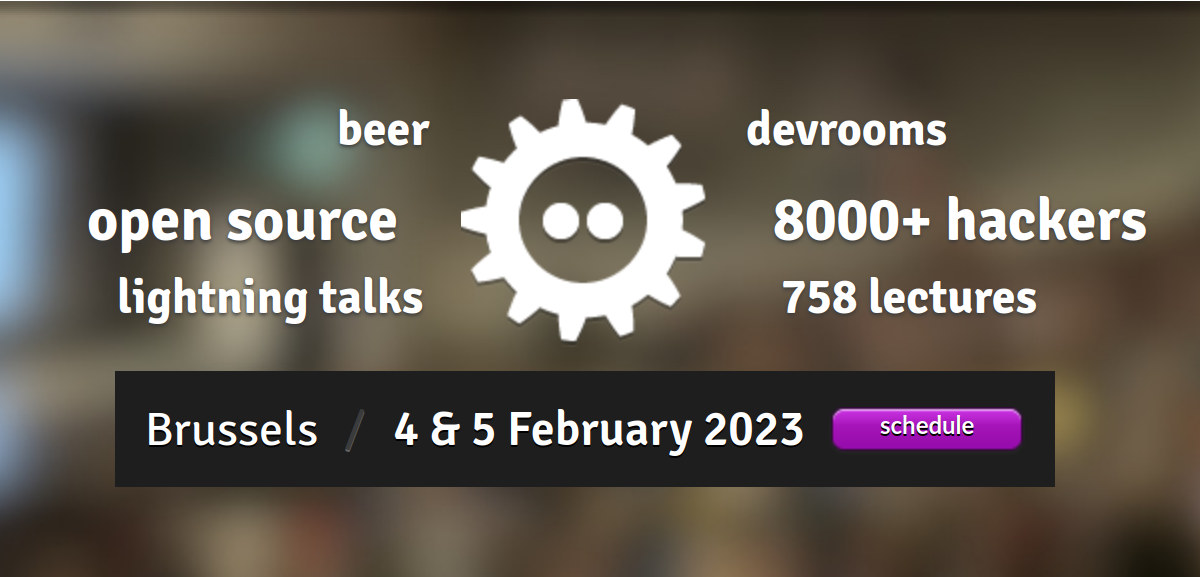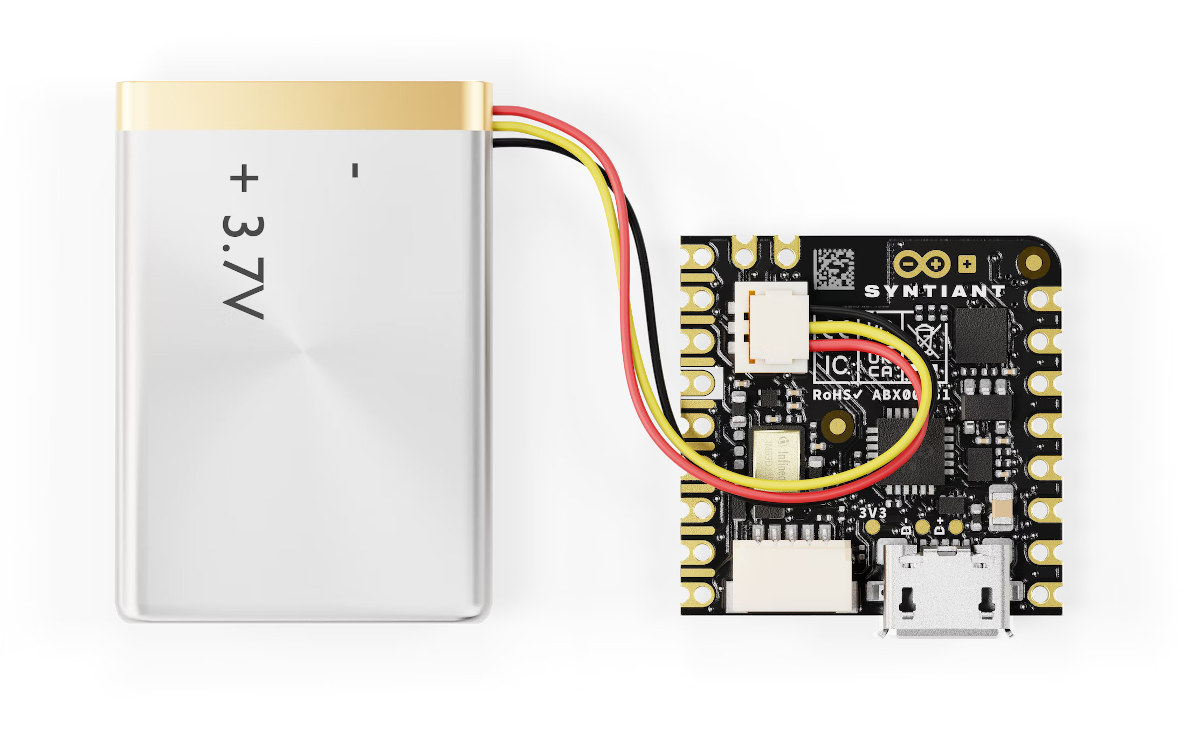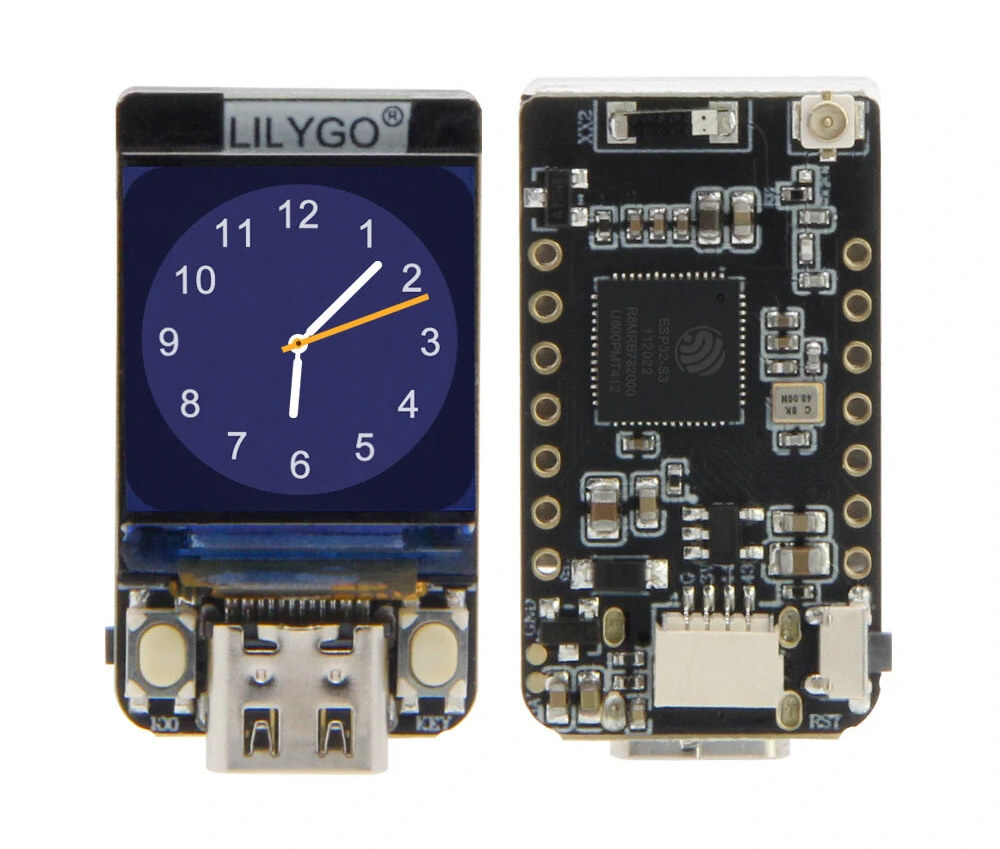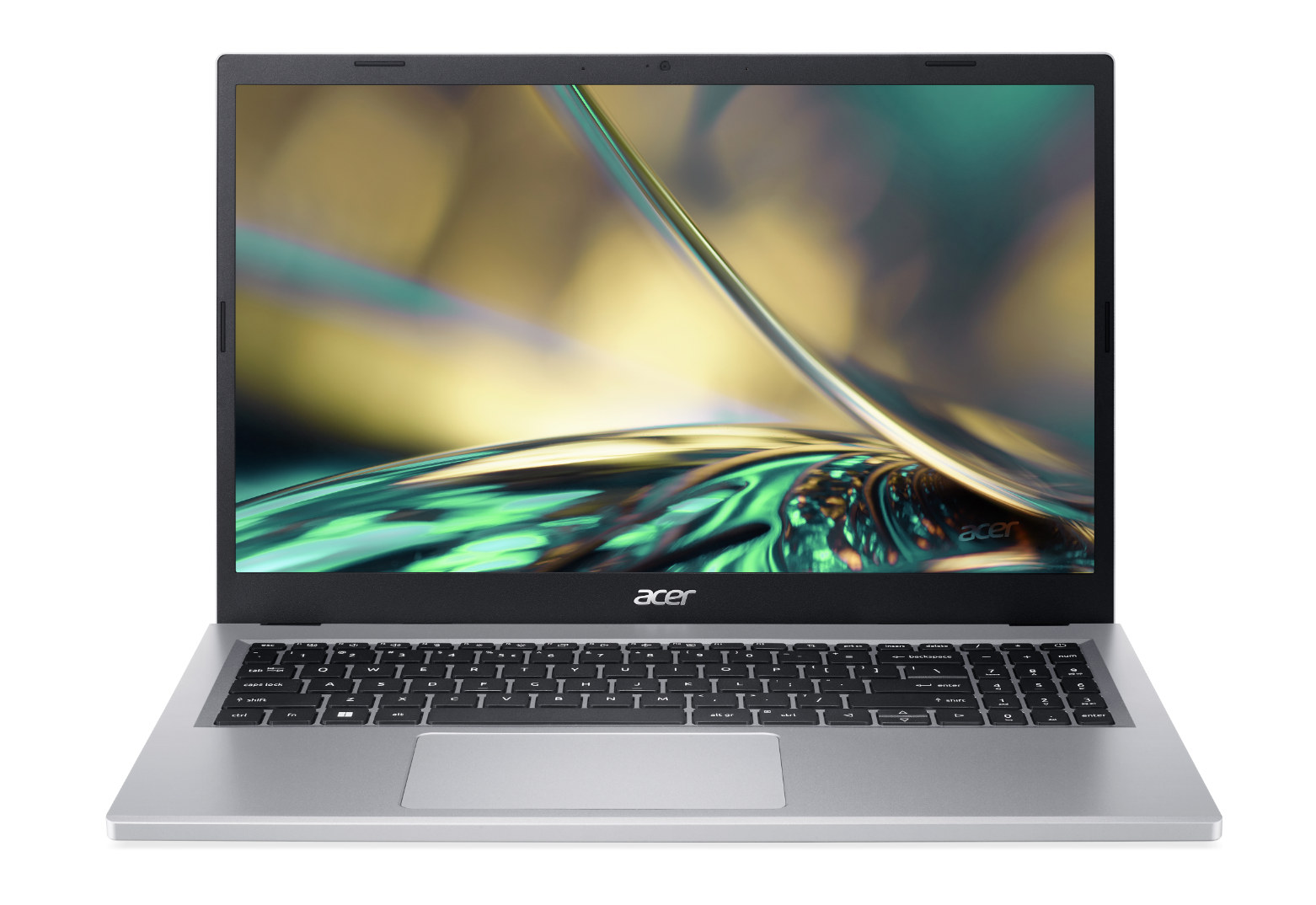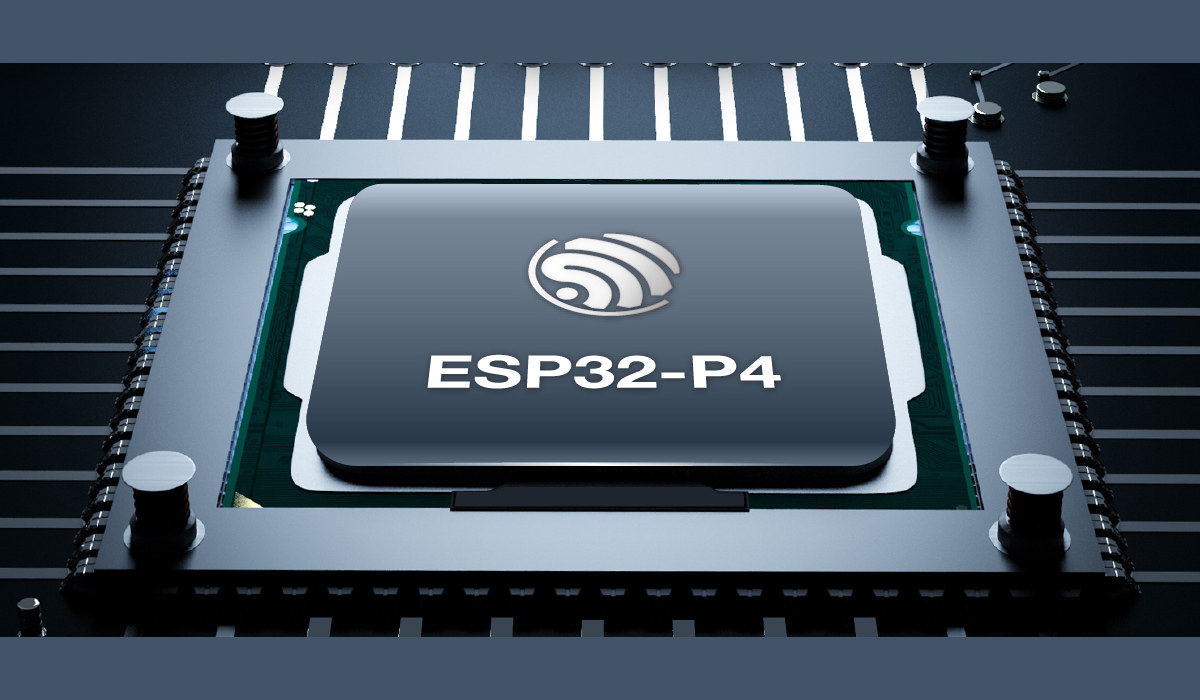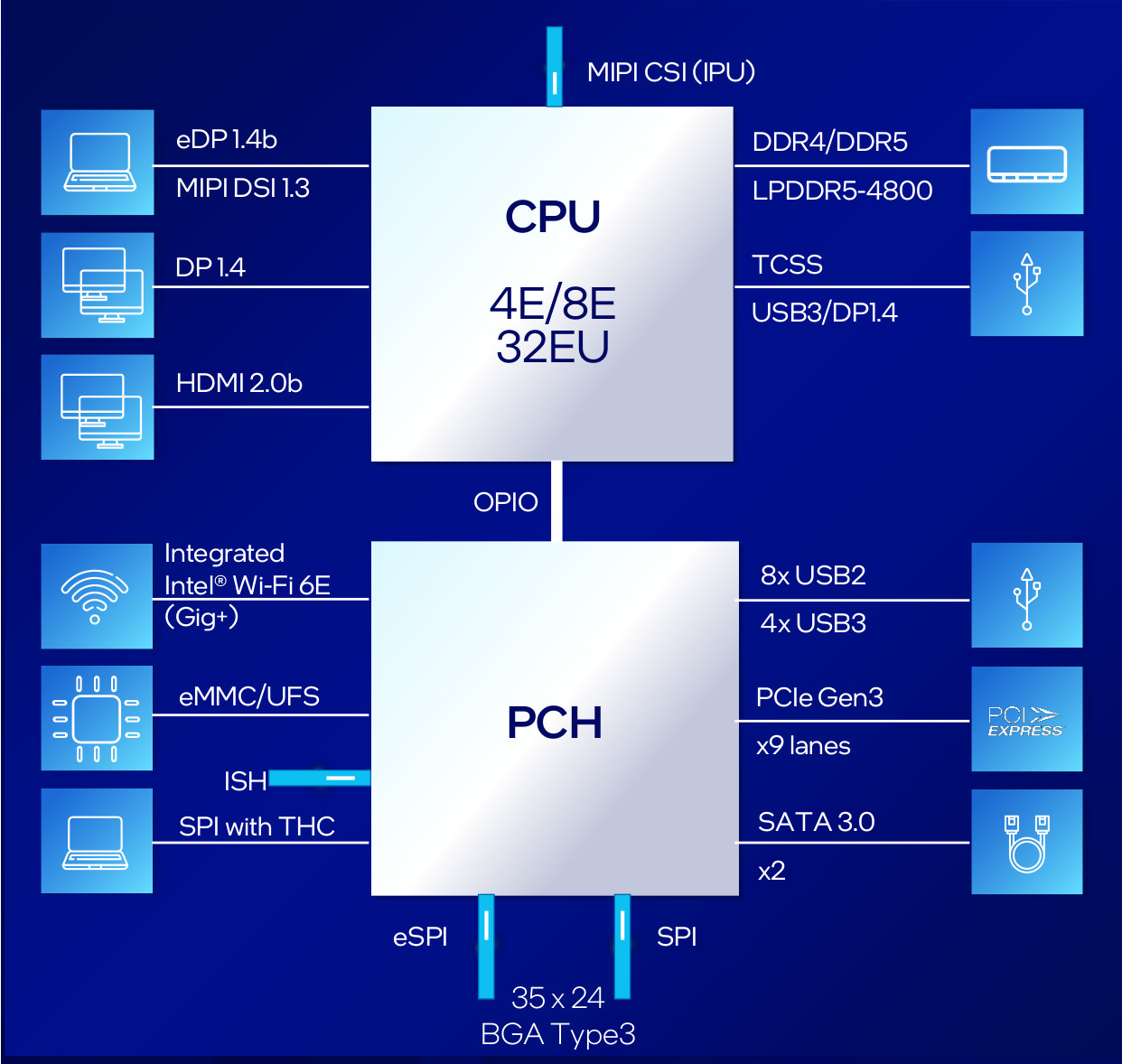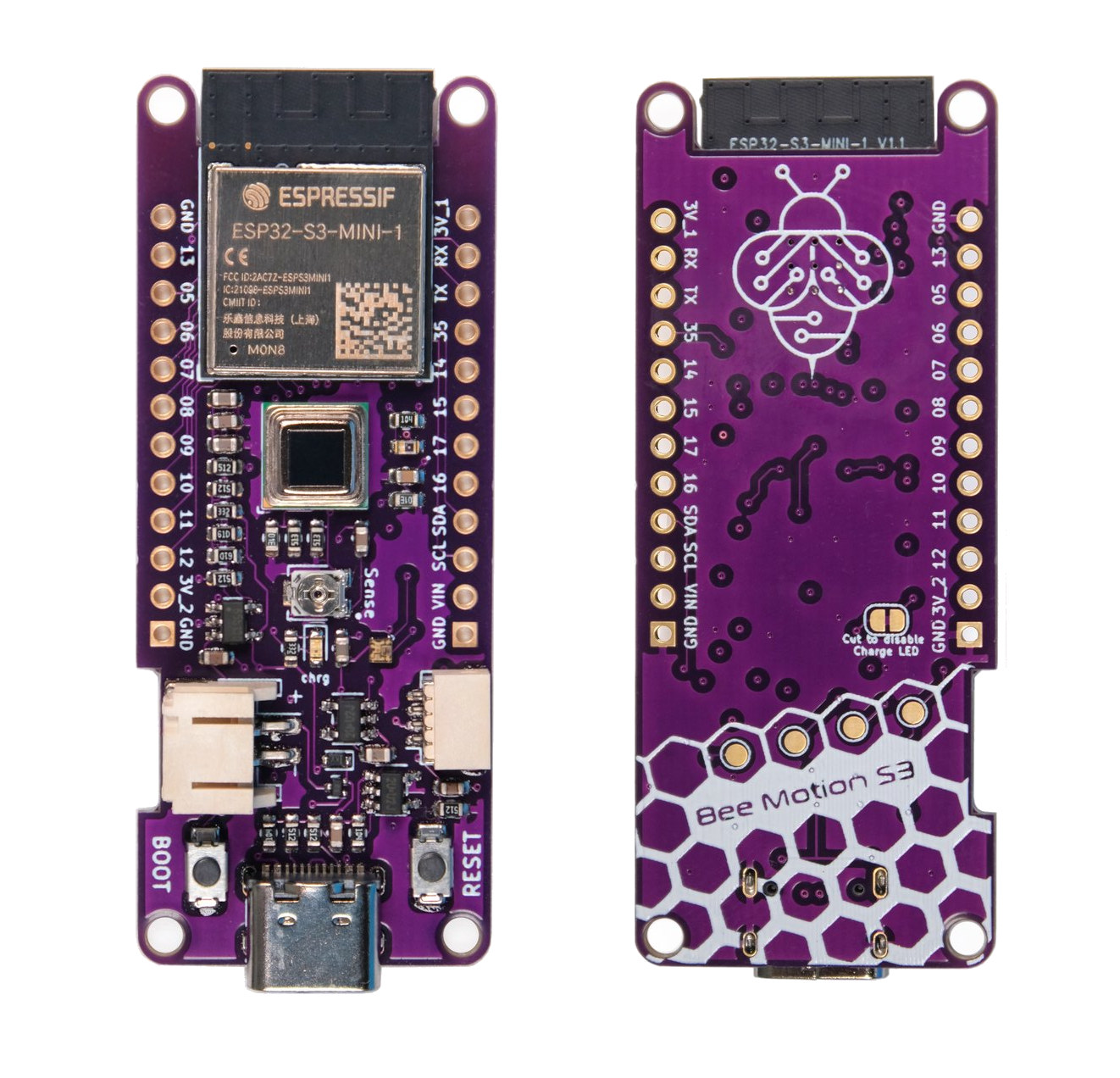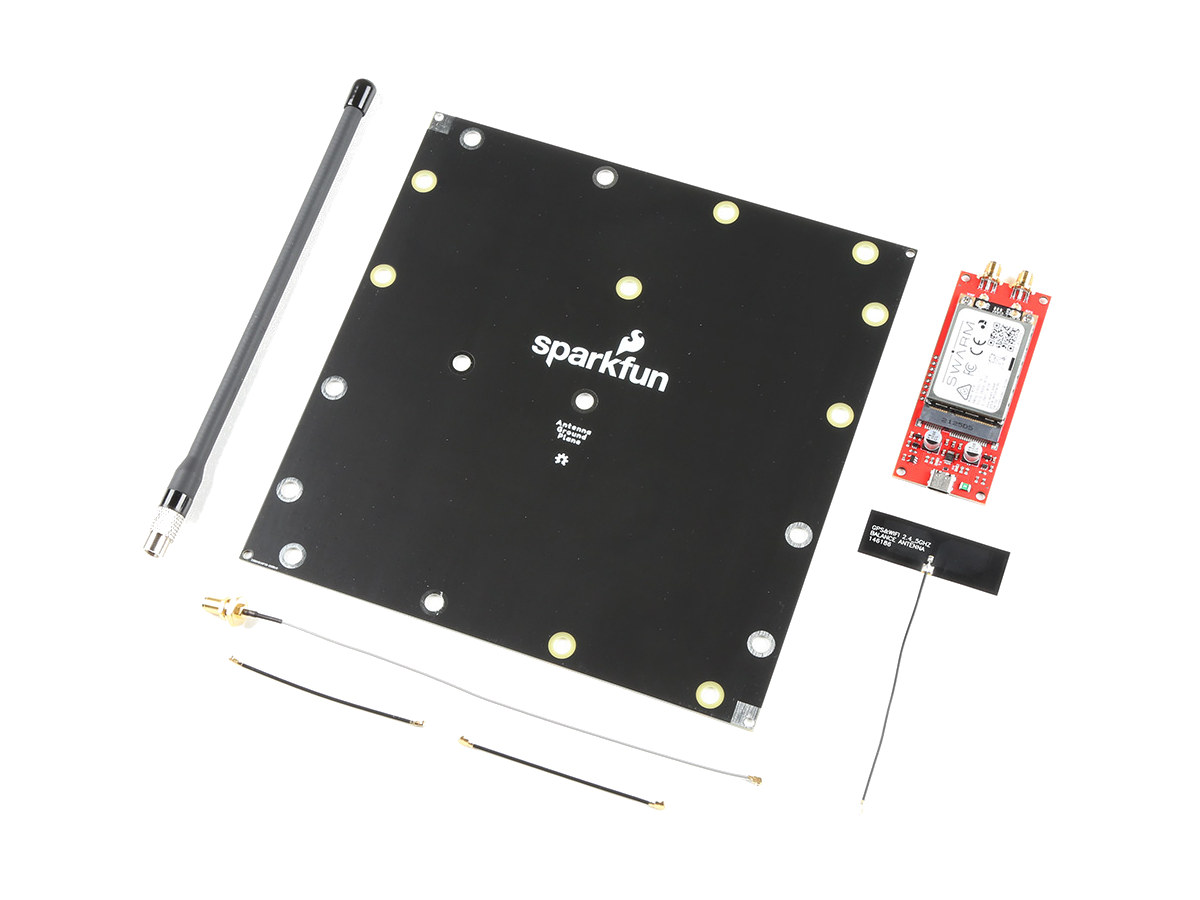After two years of taking place exclusively online, FOSDEM 2023 is back in Brussels, Belgium with thousands expected to attend the 2023 version of the “Free and Open Source Developers’ European Meeting” both onsite and online. FOSDEM 2023 will take place on February 4-5 with 776 speakers, 762 events, and 63 tracks. As usual, I’ve made my own little virtual schedule below mostly with sessions from the Embedded, Mobile and Automotive devroom, but also other devrooms including “Open Media”, “FOSS Educational Programming Languages devroom”, “RISC-V”, and others. FOSDEM Day 1 – Saturday February 4, 2023 10:30 – 10:55 – GStreamer State of the Union 2023 by Olivier Crête GStreamer is a popular multimedia framework making it possible to create a large variety of applications dealing with audio and video. Since the last FOSDEM, it has received a lot of new features: its RTP & WebRTC stack has greatly improved, Rust […]
Arduino Nicla Voice enables always-on speech recognition with Syntiant NDP120 “Neural Decision Processor”
Nicla Voice is the latest board from the Arduino PRO family with support for always-on speech recognition thanks to the Syntiant NDP120 “Neural Decision Processor” with a neural network accelerator, a HiFi 3 audio DSP, and a Cortex-M0+ microcontroller core, and the board also includes a Nordic Semi nRF52832 MCU for Bluetooth LE connectivity. Arduino previously launched the Nicla Sense with Bosch SensorTech’s motion and environmental sensors, followed by the Nicla Vision for machine vision applications, and now the company is adding audio and voice support for TinyML and IoT applications with the Nicla Voice. Nicla Voice specifications: Microprocessor – Syntiant NDP120 Neural Decision Processor (NDP) with one Syntiant Core 2 ultra-low-power deep neural network inference engine, 1x HiFi 3 Audio DSP, 1x Arm Cortex-M0 core up to 48 MHz, 48KB SRAM Wireless MCU – Nordic Semiconductor nRF52832 Arm Cortex-M4 microcontroller @ 64 MHz with 512KB Flash, 64KB RAM, Bluetooth […]
LILYGO T-QT Pro 0.85-inch WiFi IoT display adds support for battery charging
LILYGO T-QT Pro is an ESP32-S3 WiFi and BLE IoT board with a 0.85-inch color display, 4MB flash, 2MB PSRAM, a USB-C port, a few GPIOs, and support for LiPo battery with charging. It is an upgrade to the ESP32-S3-based LILYGO T-QT V1.1 board that also supports LiPo battery power but lacks a charging circuit, so you had to remove the battery and charge it manually each time. The T-QT Pro adds a charging circuit and switches from an ESP32-S3 with an 8MB flash design to one using ESP32-S3FN4R2 with 4MB flash and 2MB PSRAM. LilyGO T-QT Pro specifications: Wireless MCU – Espressif Systems ESP32-S3FN4R2 dual-core Tensilica LX7 @ up to 240 MHz with vector instructions for AI acceleration, 512KB RAM, 4MB flash, 2MB PSRAM, wireless connectivity Connectivity via ESP32-S3 2.4 GHz 802.11 b/g/n Wi-Fi 4 with 40 MHz bandwidth support Bluetooth Low Energy (BLE) 5.0 connectivity with long-range support, […]
$480+ Aspire 3 laptop is powered by an Intel Core i3-N305 Alder Lake-N processor
Intel has just launched the Alder Lake-N processors and a duo of ACER Aspire 3 laptops are some of the first platforms to feature the Core i3-N305 octa-core processor, after the introduction of the MSI Cubi N ADL mini PC last week. Both models are equipped with 8GB RAM and a 256GB SSD, but the Aspire 3 A314-36P-360X comes with a 14-inch display while the Aspire 3 A315-510P-3905 features a 15.6-inch display both at Full HD (1920 x 1080) resolution. ACER Aspire 3 “Alder Lake-N” laptop specifications: SoC – Intel Core i3-N305 octa-core processor @ 1.80 GHz / 3.80 GHz (Turbo) with 32EU Intel UHD graphics @ 1.25 GHz; TDP: 15W System Memory – 8 GB LPDDR5 Storage – 256GB NVMe SSD Display A314-36P-360X -14-inch TN LCD display with 1920×1080 resolution, LED backlight A315-510P-3905 – 15.6-inch IPS LCD display with 1920×1080 resolution, LED backlight Audio – HD Audio, stereo speakers, […]
Espressif ESP32-P4 – A 400 MHz general-purpose dual-core RISC-V microcontroller
Espressif ESP32-P4 is a general-purpose dual-core RISC-V microcontroller clocked at up to 400 MHz with AI instructions extension, numerous I/Os, and security features. It also happens to be the first microcontroller from Espressif Systems without wireless connectivity, and as such, it should probably be seen as an alternative to STM32F7/H7 or NXP i.RT Arm Cortex-M7 microcontrollers/crossover processors, and likely offered at a significantly lower cost. It should also offer lower power consumption than other ESP32 chips thanks in part to a third RISC-V core clocked at 40 MHz that can keep the system running while the other two high-performance cores are down. ESP32-P4 key features and specifications: MCU subsystems Dual-core RISC-V HP (High-performance) CPU @ up to 400 MHz with AI instructions extension and single-precision FPU, 768KB of on-chip SRAM Single-RISC-V LP (Low-power) MCU core @ up to 40 MHz with 8KB of zero-wait TCM RAM Memory & Storage I/F […]
Meet Intel Processor and Core-i3 N-series “Alder Lake N-series” processors
Pentium and Celeron brands are officially dead with Intel introducing the Alder Lake-N family comprised of “Intel Processor” and Core-i3 N-series processors based on the Gracemont “Efficiency” cores found in Alder Lake hybrid processors. Some of the details about the Intel Processor N100 and N200 processors were leaked last fall, followed by the Core i3-N300 and Core i3-N305, but at least it is now official, and we have more details so let’s dig into it. Alder Lake N-series key features and specifications: CPU – Up to 8x Gracemont Efficient cores for Core i3 N-series processor, and up to 4x with Intel Processor processor GPU – Intel UHD graphics with AV1 decode support Memory I/F – LPDDR5-4800, DDR4, DDR5 Storage I/F – eMMC/UFS 2.1 flash, 2x SATA 3.0 Video Output eDP 1.4b / MIPI DSI 1.3 DisplayPort 1.4 HDMI 2.0b Up to 3x independent displays Camera I/F – MIPI CSI Networking […]
Bee Motion S3 – An ESP32-S3 board with a PIR motion sensor (Crowdfunding)
The Bee Motion S3 is an ESP32-S3 WiFi and Bluetooth IoT board with a PIR motion sensor beside the more usual I/Os, Qwiic connector, USB-C port, and LiPo battery support. It is at least the third PIR motion wireless board from Smart Bee Designs, as the company previously introduced the ESP32-S2 powered Bee Motion board and the ultra-small Bee Motion Mini with an ESP32-C3 SoC. The new Bee Motion S3 adds a few more I/Os, a light sensor, and the ESP32-S3’s AI vector extensions could potentially be used for faster and/or lower-power TinyML processing. Bee Motion S3 specifications: Wireless module – Espressif Systems ESP32-S3-MINI-1 module (PDF datasheet) based on ESP32-S3 dual-core Xtensa LX7 microcontroller with 512KB SRAM, 384KB ROM, WiFi 4 and Bluetooth 5.0 connectivity, and equipped with 8MB of QSPI flash and a PCB antenna USB – 1x USB Type-C port for power and programming Sensors PIR sensor S16-L221D […]
$200 Swarm M138 kit enables two-way satellite connectivity for IoT projects
Sparkfun has launched a Satellite Transceiver Kit based on the Swarm M138 satellite and GNSS modem that allows low-bitrate two-way connectivity for IoT projects anywhere on earth. Remote IoT applications have benefited from LPWAN standards such as LoRaWAN and NB-IoT, but in some extreme cases coverage may still be challenging, so satellite communication may be the only practical option. It used to be really expensive, but Swarm makes this more affordable, and companies like SigFox and Semtech also have (or had?) plans to use low-earth orbit satellites for their respective LPWAN technologies. Swarm M138 kit content and specifications: Swarm M138 mini PCIe satellite modem and GNSS receiver module MCU – Arm Cortex-M4 microcontroller Up to 1 Kbps data rate, up to 912 bytes packet size Frequency 137-138 MHz (downlink) 148-150 MHz (uplink) Dimensions – 51.0 x 30.0 x 5.3 mm Weight – 9.6 grams Temperature Range – -40°C to +85°C […]


